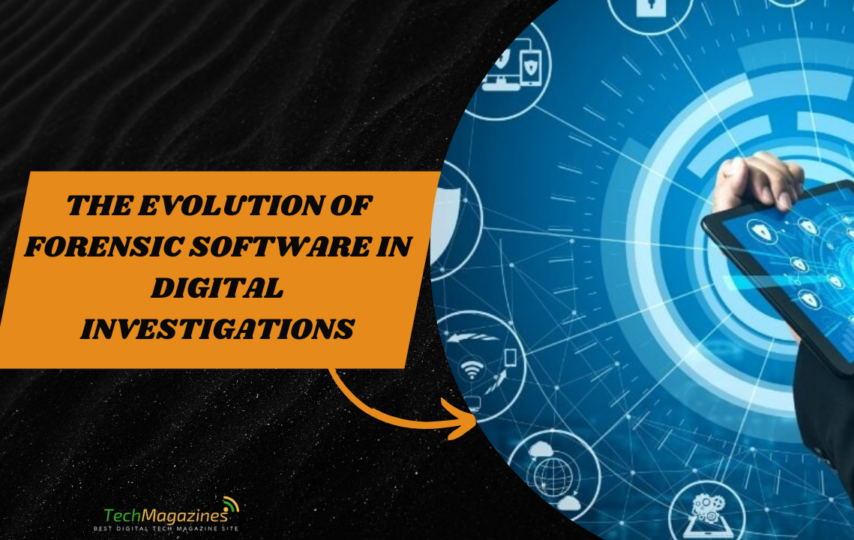Title: Forensic Software: Essential Tools for Modern Digital Crime Investigation Description: Explore how forensic software revolutionizes digital investigations, from data recovery to cybercrime analysis. Learn about cutting-edge tools and techniques used by experts to uncover digital evidence and solve complex cases.
The Evolution of Forensic Software in Digital Investigations
In today’s digital age, cybercrime investigation has become increasingly complex, requiring sophisticated tools to uncover and analyze electronic evidence. Forensic software has emerged as the cornerstone of modern digital investigations, enabling investigators to recover, preserve, and analyze digital evidence with unprecedented precision and reliability.
Digital Forensics Tools: From Recovery to Analysis
The landscape of digital forensics software has expanded dramatically over the past decade. Modern tools now offer capabilities ranging from basic data recovery to advanced memory analysis and malware detection. These applications also help investigators maintain the chain of custody while extracting valuable evidence from various digital sources.
Advanced Capabilities in Modern Investigation Tools
Today’s forensic tools incorporate artificial intelligence and machine learning to enhance their capabilities. Key features include:
- Automated evidence collection
- Real-time memory analysis
- Password recovery and decryption
- Timeline reconstruction
- File carving and recovery
Meeting Legal Standards with Forensic Technology
Evidence gathered through forensic software must meet strict legal requirements to be admissible in court. Modern tools are designed with built-in validation processes and detailed logging capabilities to ensure findings can withstand legal scrutiny.
Mobile Device Analysis in the Digital Age
As smartphones become increasingly central to investigations, specialized mobile forensic tools have become essential. These tools can extract:
- Deleted messages and call logs
- Location data and movement patterns
- App usage history
- Hidden and encrypted files
Cloud Forensics and Remote Investigation
The shift toward cloud computing has created new challenges and opportunities in digital forensics. Advanced tools now offer capabilities for:
- Remote data acquisition
- Cloud storage analysis
- Virtual machine examination
- Network traffic reconstruction
Emerging Trends in Digital Evidence Collection
The future of forensic software lies in its ability to adapt to new technologies. Current development focuses on:
- Blockchain analysis tools
- IoT device investigation
- Social media forensics
- Cryptocurrency transaction tracking
Training and Certification Requirements
Professional expertise in forensic software requires extensive training and certification. Investigators must stay current with:
- Tool-specific certifications
- Legal requirements updates
- New technology developments
- Best practice guidelines
The Role of Automation in Digital Investigations
Automation has revolutionized the forensic analysis process, allowing investigators to:
- Process large volumes of data quickly
- Identify patterns and connections
- Generate comprehensive reports
- Maintain consistent analysis procedures
Conclusion
The field of digital forensics continues to evolve with technological advancement. As cyber threats become more sophisticated, forensic software must adapt to meet new challenges while maintaining the highest standards of evidence collection and analysis.
Key sources for this article include the National Institute of Standards and Technology (NIST) Guidelines for Digital Forensics, the International Journal of Digital Evidence, the Association of Chief Police Officers (ACPO) Good Practice Guide, and Digital Forensics Research Workshop (DFRWS) Publications.
These sources represent major authorities in the field of digital forensics as of April 2024. For the most current guidelines and research, please consult updated publications from these organizations.








